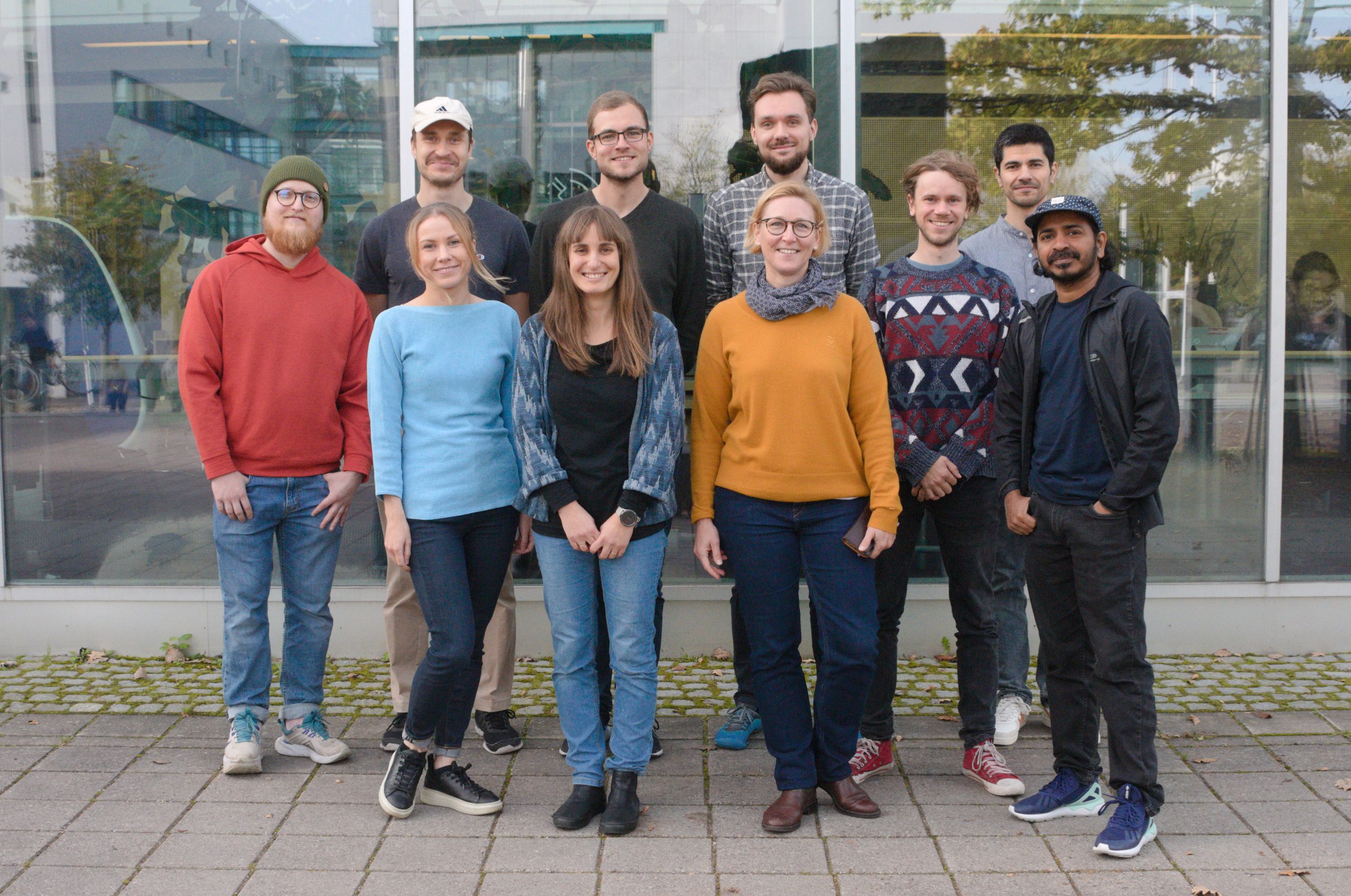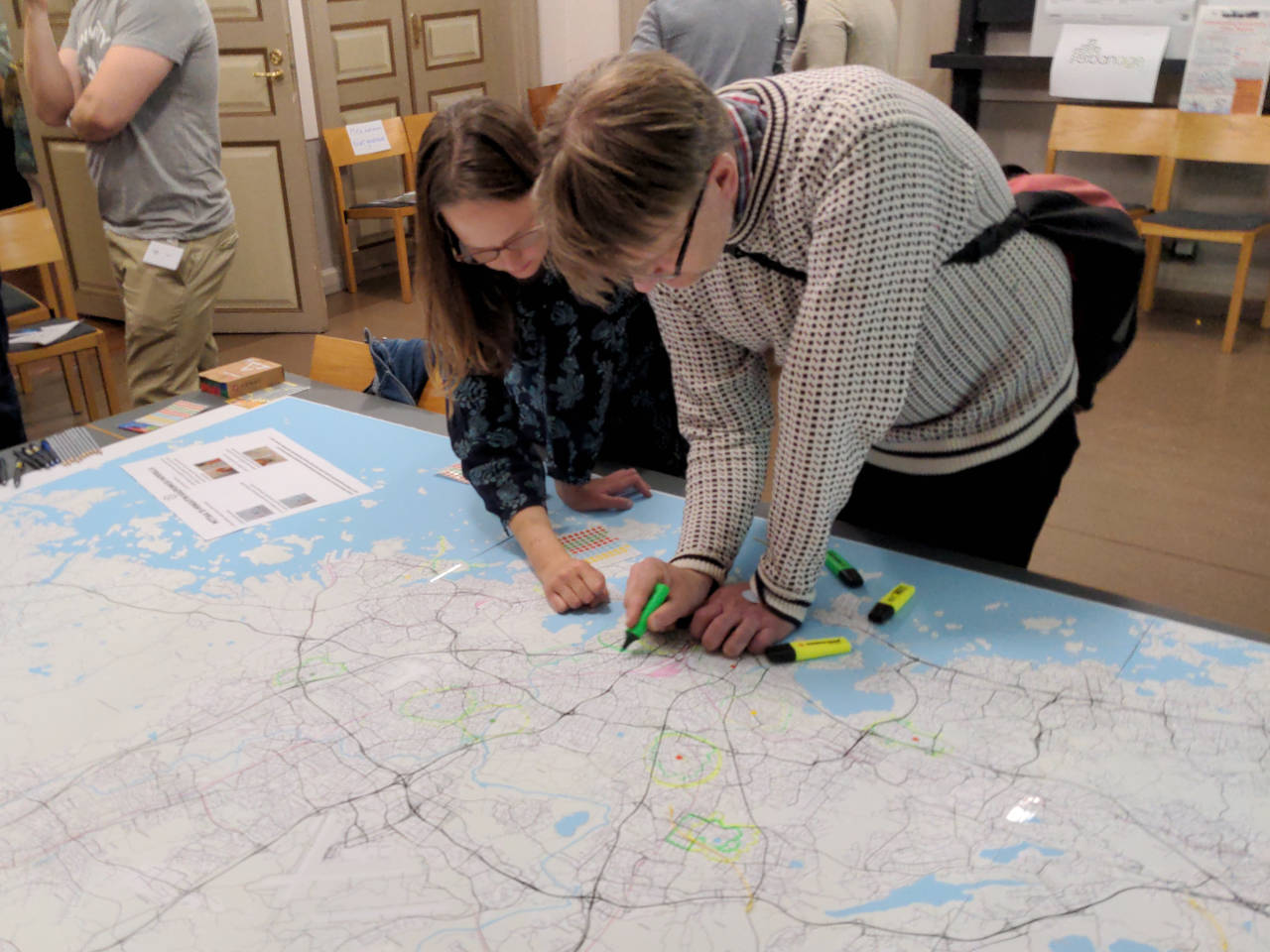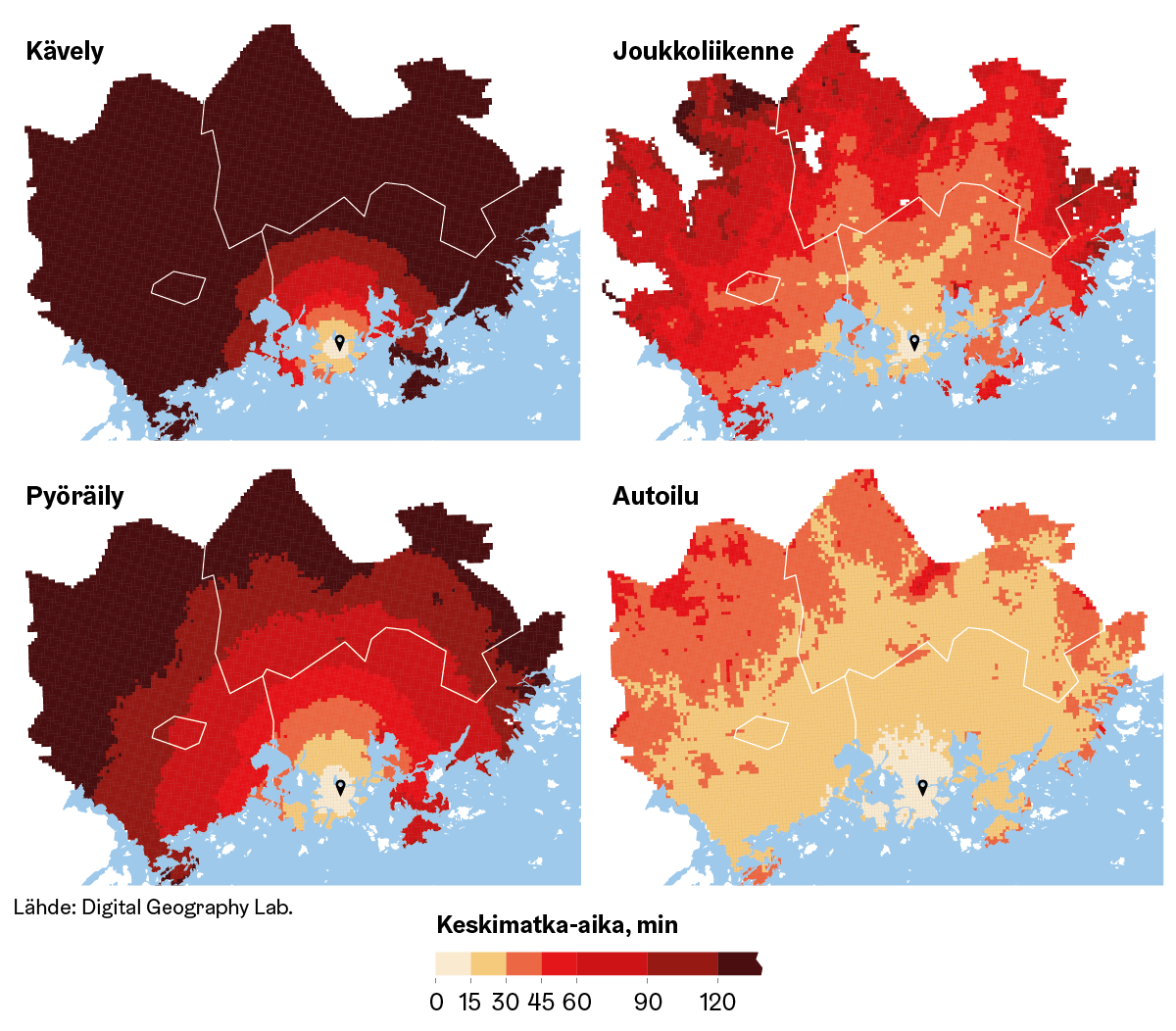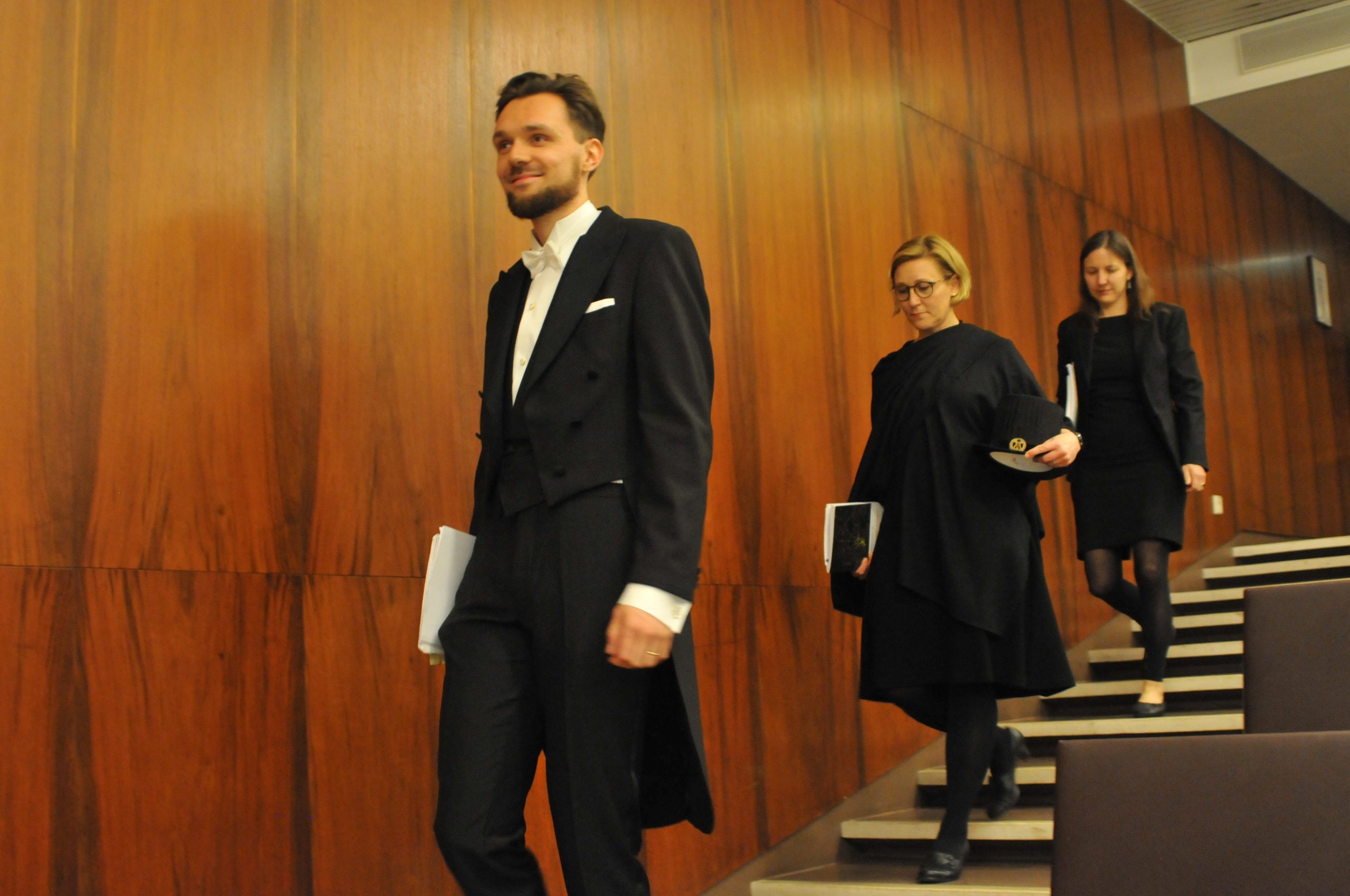The Digital Geography Lab has been participating actively in the curricula development of the Geography MSc and BSc Programmes. During 2020-2022 Tuuli acted as the Director of the Geography Degree Programmes.
Therefore it makes sense to share an article covering the renewal process of the Geography MSc degree programme structure in the Digital Geography Lab blog. The article has been translated from the original publication in Finnish:
Toivonen, T., Kainulainen, H. T., Kosonen, K., & Ruth, O. (2023). Havaintoja maantieteen maisteriohjelman uudistamisprosessista. Terra, 135(2), 98-105. [https://terra.journal.fi/article/view/130170/80100]
Observations on the reform process of the Master’s Curriculum in Geography
In this article, we describe the process aimed at reforming the curriculum of the Master’s Programme in Geography at the University of Helsinki. The reform process was carried out during the years 2021–2022 and it was coordinated jointly by the Degree Programme Director, Deputy Director, Education Planner and one dedicated university teacher. The impetus for documenting the process in the form of this article came from the leadership studies by Professor Tuuli Toivonen. Toivonen served as Degree Programme Director and Olli Ruth as Deputy Director during the reform. The roles changed in summer 2022. Coinciding with this change, the processes moved from planning the structure of the curriculum to planning the implementation of courses.
Background of the curriculum reform
Teaching at the university is defined by the curricula of study programs. Typically, the curricula define the general degree structure and study tracks, as well as the learning outcomes, contents, scopes and competence assessment methods of study modules and courses – as well as the teachers responsible for the courses.
The curricula of the University of Helsinki have been in transition during the past 20 years. In the turn of the Millenia, European countries started the so-called Bologna process that aimed at harmonising the university degrees in Europe. This led to degree reforms at the University of Helsinki first in 2005 to be continued in the mid-2010s. The aim of these reforms was to make the bachelor’s and master’s degrees clearly separate, thus improving students’ opportunities to move from one degree programme to another between these study stages. In addition, efforts were made to strengthen the link between studies and working life. In the next phase, in 2017, the University of Helsinki implemented a reform called the Big Wheel, which introduced new system of three-year curricula. The old majors were replaced by degree programmes and minor subjects by elective study modules. The first curriculum period of the reform was 2017–2020 and the second 2020–2023.
Continue reading “Contributing to the development of Geography Master’s degree curriculum”
 The GREENTRAVEL project team. Photo by Christoph Fink.
The GREENTRAVEL project team. Photo by Christoph Fink.



